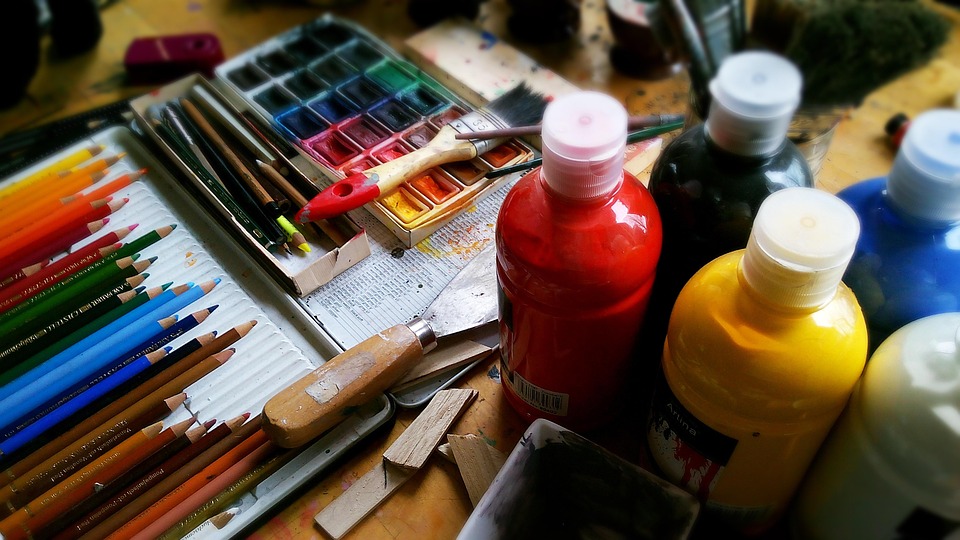Navigating Your Career Path as an Art Conservator: Essential Roadmaps for Success
Embarking on the journey to becoming an art conservator is akin to stepping into a world where history, science, and artistry intertwine. It is a vocation steeped in passion, requiring both a meticulous eye for detail and a profound respect for the cultural heritage embodied in each piece. To traverse this intricate path, aspiring conservators must equip themselves with a variety of skills and knowledge, all while navigating the complexities of the art world.
1. Educational Foundations
A solid educational foundation is paramount. Most conservators begin their journey with a degree in art history, fine arts, or a related field. However, the pursuit does not stop there. Advanced degrees in conservation, often accompanied by hands-on training, are crucial. Institutions such as the Courtauld Institute of Art and University College London offer specialised programmes that delve into the science of materials and techniques. This blend of theory and practice is essential, as understanding the chemical and physical properties of art materials can significantly influence conservation decisions.
2. Gaining Practical Experience
While theoretical knowledge is invaluable, it is the practical experience that truly hones a conservator’s skills. Internships and apprenticeships provide opportunities to work under seasoned professionals, allowing for the application of techniques learned in the classroom. Engaging with various mediums—be it paintings, textiles, or sculptures—enables conservators to develop a versatile skill set. Remember, each artefact presents its own unique challenges, and adaptability is key.
3. Networking and Professional Development
In the realm of art conservation, networking can often open doors to unforeseen opportunities. Attending conferences, joining professional organisations such as the Institute of Conservation (ICON), and participating in workshops can enhance one’s profile within the community. These connections not only provide insights into the latest industry trends but also foster collaborations that can enrich your professional experience.
4. Specialisation: Finding Your Niche
As one progresses in their career, the temptation to specialise becomes increasingly appealing. Whether it’s focusing on preventive conservation, treatment of works on paper, or heritage sites, finding a niche can set you apart in a competitive field. This specialisation allows conservators to become recognised experts, contributing to the preservation of specific types of artefacts or collections. However, it is essential to remain open to learning about other areas, as the world of conservation is ever-evolving.
5. Staying Informed: The Role of Technology
In today’s fast-paced world, the role of technology in conservation cannot be understated. From digital imaging to advanced analysis techniques, embracing new tools can enhance both the process and outcome of conservation efforts. Continuous education through online courses or seminars can keep you abreast of technological advancements, ensuring you remain relevant and effective in your practice.
A Lifelong Journey of Passion
The path of an art conservator is not merely a career; it is a lifelong commitment to preserving the narratives embedded within art. As you navigate this intricate landscape, remember that each experience, whether a triumph or a challenge, contributes to your growth and understanding. Embrace the diversity of the field, seek mentorship, and remain curious—these elements will undoubtedly guide you towards success.
For those seeking further resources, CVPortal continues to provide a plethora of high-quality CV references, aiding you in presenting your skills and experiences effectively in this captivating career.


